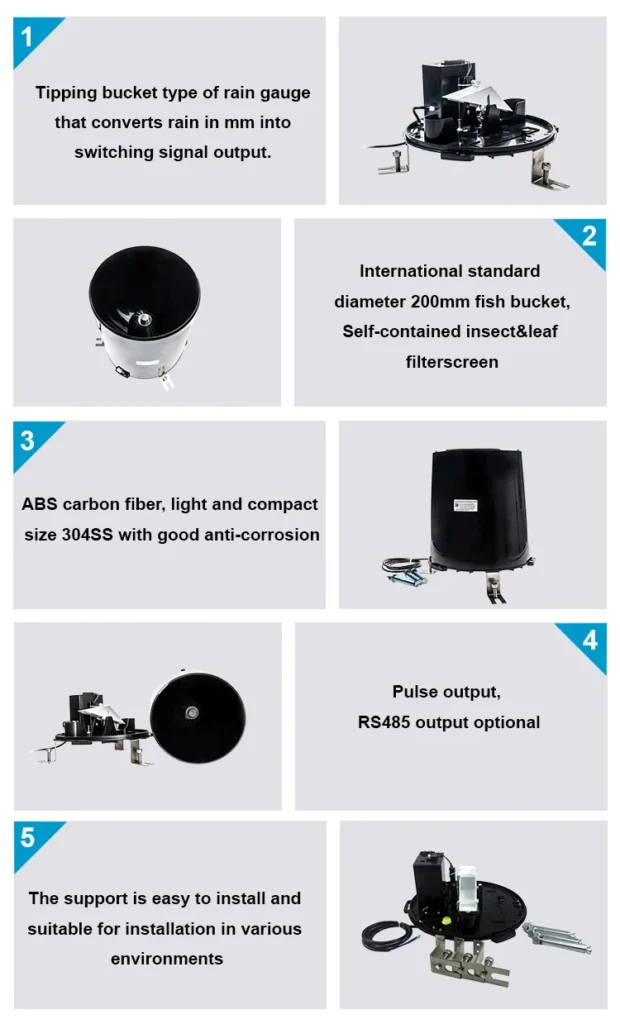how is rain measured
Rainfall Measurement:
Rainfall is the total amount of liquid or melted solid that falls on the ground. This happens over a specific time, usually 12 or 24 hours. There is a way to measure how much water collects on a flat surface. This takes into account evaporation, percolation, and runoff.
Meteorologists measure rainfall in millimeters (mm) and record it with one decimal place. This gives a clear idea of how heavy the rain is. Measuring rainfall is very important in meteorology. Here’s how rainfall is measured and what 1 mm of rainfall means:
24-Hour Rainfall Amounts:
– Light Rain: 0.1-9.9 mm
– Moderate Rain: 10.0-24.9 mm
– Heavy Rain: 25.0-49.9 mm
– Stormy Rain: 50.0-99.9 mm
– Heavy Stormy Rain: 100.0-249.9 mm
– Very Heavy Stormy Rain: ≥250.0 mm
Millimeter of Rainfall:
Imagine 1 mm of rain as water on a flat surface. It’s like pouring two 500-milliliter bottles of water on one square meter of flat glass. For 50 mm of rain, it would be about 100 bottles.
If we consider an open area of one mu (666.7 square meters), 1 mm of rain provides about 0.667 cubic meters of water. This water weighs about 667 kilograms since 1 cubic meter of water weighs 1000 kilograms. Researchers found that 5 mm of rain can soak droughty soil by 3 to 6 centimeters.
Importance of Rainfall Measurement:
Rainfall rate is important for measuring water in a region. We need a simple and accurate way to predict it. This helps us manage water resources better.
Types of rain gauges Measurement Tools:
The main tools for measuring rainfall are tipping bucket rain gauge. Weather and water agencies often use these. These tipping bucket gauges consist of a funnel-shaped collector that directs the rainwater into a container or ‘bucket’.
When the bucket fills to a certain water level, like 0.1 mm, it tips over. This records the rainfall event. Each time the bucket tips, it sends a pulse to a recording device. This device keeps track of the rainfall depth.
Working Principle of Bucket Rain Gauge:
The rain gauge works by letting rainwater enter a funnel at the top. The water then flows into a measuring bucket. When the water reaches a certain height, like 0.1 mm, 0.2 mm, or 0.5 mm, the bucket tips over.
This tipping sends a signal through an electrical circuit to the recorder. This process keeps going and measures the whole rainfall event.
Measuring rainfall is important in weather science.
1 mm of rainfall is the water that collects on a flat surface. This is after accounting for evaporation, percolation, and runoff. People usually measure it over a 24-hour period and record it in millimeters.
For example, 1 mm of rain is like pouring two 500-milliliter bottles of water on one square meter. In farming, 1 mm of rain equals about 667 kilograms of water for every mu, which is 666.7 square meters.
Rainfall is very important for calculating water resources in a region. It also highlights the need for a simple and accurate way to predict rainfall. This is key for managing water resources well.
Meteorological and hydrological agencies use bucket rain gauges to measure rainfall. These gauges collect rain in a funnel. They measure how much rain spills over when it reaches a certain level, like 0.1 mm.
Each time the bucket tips over, it sends a pulse to a recording device. This device calculates the total rainfall depth.
